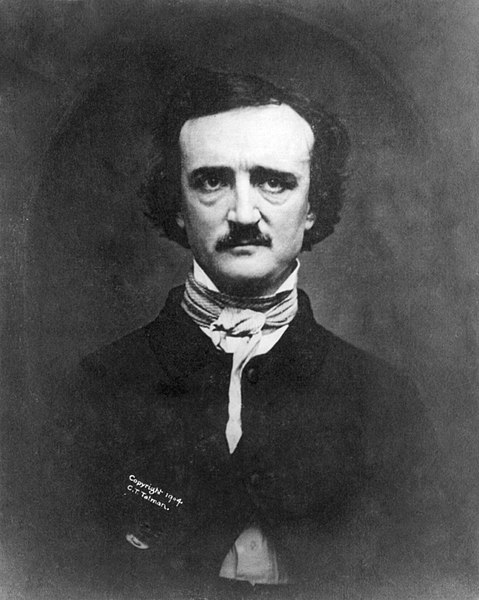A hundred years ago in Vietnam, when the French controlled their education, Edgar Allan Poe was believed to be “America’s literary giant.” They were familiar with eerie stories of supernatural beings, which a long-standing Chinese genre gave them, so discovering Poe was like grandkids discovering Mam-ma.
“Poe’s name evoked liberation of the mind, and he was praised as someone who had ascended from the mundane by the power of imagination,” Nguyễn Bình writes for Literary Hub, offering several examples of Poe’s influence on the nation’s literature.
In 1937, author Thế Lữ began writing detective fiction. “In the story “Những nét chữ” (Letter Strokes), [Hanoi-based hero] Lê Phong told the Watson-like narrator: ‘The stuff about reading people’s thoughts from their faces like Edgar Poe and Conan Doyle said… I’m only more convinced that they’re true. Because I just did so.'” (via Prufrock)
A couple more links for today.
Ted Gioia says the big guys are out to get independent creators. For example, Apple is squeezing Patreon. Google says it can’t find select websites. It’s ugly. Gioia writes, “I’ve been very critical of Apple in recent months. But this is the most shameful thing they have ever done to the creative community. A company that once bragged how it supported artistry now actively works to punish it.”
And is this the best sci-fi classic most fans have missed? “Though it routinely ends up on best-of-all-time lists, somehow, the 1974 science fiction novel The Mote in God’s Eye never actually seems to get read.” A quick glance at the first of 2200 reviews on Goodreads suggests the book hasn’t aged well.
Photo: Dinneen Standard station, Cheyenne, Wyoming. (John Margolies Roadside America photograph archive (1972-2008), Library of Congress, Prints and Photographs Division.)


